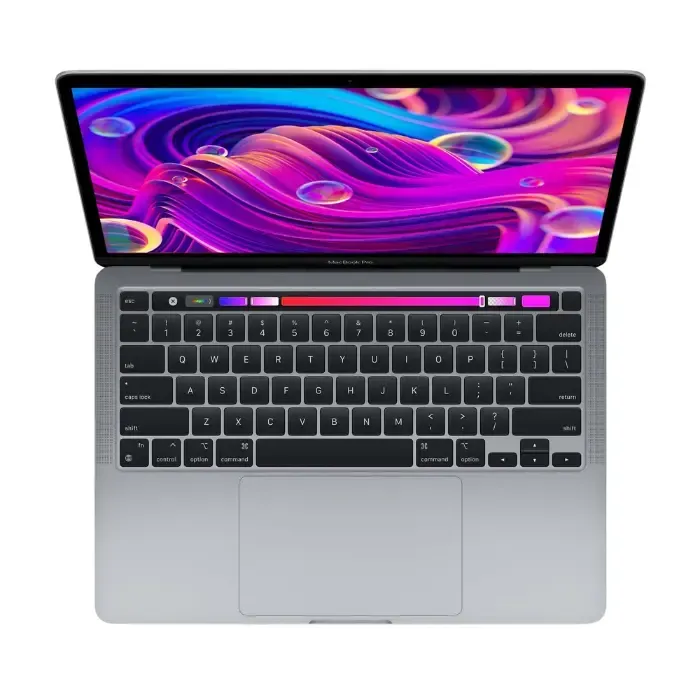
What to Consider When Buying a Laptop (New or Secondhand)
Hey there! Shopping for a laptop can be both exciting and a bit overwhelming with all the options out there. Whether you're looking for a brand new machine or a pre-loved device to save some cash, I've put together this friendly guide to help you make the right choice.
Start With Your Needs
Before diving into specs and models, take a moment to think about:
What will you use it for? Basic web browsing and emails, or heavy-duty tasks like video editing or gaming? Do you need to use a specific type of software and if so what requirements does it have OS, Ram, Processor Speed, particular hardware or ports - the website of the software supplier will state this
Where will you use it? Mostly at home, or will you be carrying it around campus or to cafés?
How long do you need it to last? A few years or looking for something longer-term?
Budget Considerations
Set a realistic budget before you start looking
Remember: sometimes spending a bit more upfront gets you a device that lasts longer
For secondhand laptops, you can often get higher-end specs at a mid-range price
Key Specs to Check
Processor (CPU)
The brain of your laptop
For basic tasks: Intel Core i3/i5 or AMD Ryzen 3/5 will do fine
For demanding work: Look for Intel Core i7/i9 or AMD Ryzen 7/9
Memory (RAM)
Determines how many things your laptop can do at once
8GB is the minimum for decent performance nowadays
16GB or more if you're into gaming, video editing, or running lots of programs at once
Storage
SSD (Solid State Drive) is much faster than traditional HDD (Hard Disk Drive)
256GB minimum is good for most people
512GB or more if you store lots of photos, videos, or games
Display
Size: 13-14" offers good portability, 15-17" gives you more screen space
Resolution: Full HD (1920x1080) is the sweet spot for most users
Consider a touchscreen if that's useful for your work or studies
Battery Life
Look for 8+ hours for good portability
Secondhand laptops often have reduced battery capacity – factor in the cost of a replacement battery
Operating System
Windows: Most common, works with most software
macOS: Exclusive to Apple MacBooks, great for creative work
ChromeOS: Simple, secure, and great for web-based tasks
Extra Considerations for Secondhand Laptops
Age: Try to find something less than 3-4 years old
Physical condition: Check for cracks, dents, or keyboard issues
Battery health: Ask how long it lasts on a charge
Factory reset: Make sure it's been properly wiped and reset
Returns/warranty: Buy from places offering even a short return window
Connectivity
Make sure it has the ports you need (USB-A, USB-C, HDMI, headphone jack)
Check for modern Wi-Fi standards (Wi-Fi 5 or 6) and Bluetooth
Final Tips
Read reviews from both experts and regular users
Try the keyboard and trackpad in person if possible
For secondhand laptops, test everything before finalizing the purchase
Consider the weight if you'll be carrying it around regularly
Laptop Buying Checklist: New & Secondhand
Before you head out shopping or hit that "Buy Now" button, use this handy checklist to make sure you're getting the right laptop for your needs!
Pre-Shopping Prep
Determine your primary usage (basic, work, gaming, creative tasks)
Set your budget (include cushion for accessories if needed)
Decide on preferred operating system (Windows, macOS, ChromeOS)
Research current models within your budget range
Make a list of your "must-have" features
Key Specifications Check
Processor (CPU): Intel Core i5/i7 or AMD Ryzen 5/7 for most users
RAM: Minimum 8GB (16GB for heavy multitasking/gaming)
Storage: SSD with at least 256GB (512GB preferable)
Display: Full HD resolution (1920x1080) minimum
Graphics: Integrated for basic use; dedicated GPU for gaming/creative work
Battery life: 8+ hours for portability
Weight: Under 4-5 lbs if you'll carry it frequently
Physical Features & Connectivity
Keyboard feel and comfort
Trackpad responsiveness
Screen quality (brightness, color accuracy, viewing angles)
Port selection (USB-A, USB-C, HDMI, etc.)
Webcam and microphone quality
Wi-Fi 5 or 6 compatibility
Bluetooth connectivity
Additional Considerations for Secondhand Laptops
Age of device (ideally less than 3-4 years old)
Physical condition (check for damage, worn keys, screen issues)
Battery health (ask for cycle count or runtime test)
Factory reset completed by seller
Warranty or return period available
Original accessories included (charger, etc.)
Check for unusual sounds (fan noise, clicking)
Test all ports and functions before purchase/acceptance
Before Finalizing Purchase
Compare prices across multiple retailers
Read reviews for reliability and common issues
Consider protection plan/extended warranty options
Check upgrade potential (RAM, storage expandability)
Verify software compatibility with your needs
Test performance in-store if possible
Post-Purchase
Update all software and drivers
Install essential security software
Test all functions within return period
Keep receipt and warranty information
Remember, the "best" laptop is the one that meets YOUR specific needs within YOUR budget. Don't get caught up in specs you don't need!
Happy laptop hunting! 😊
